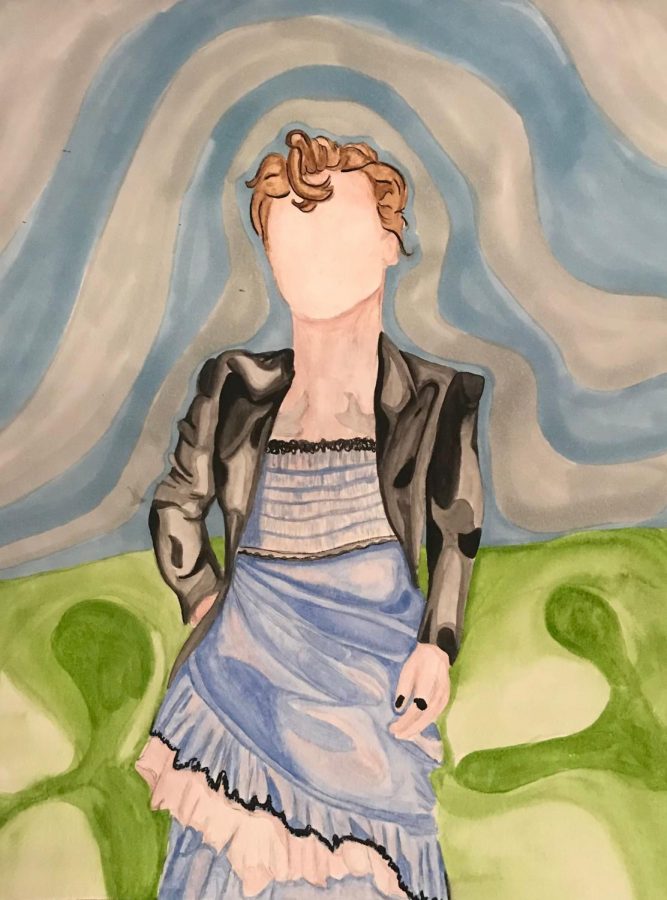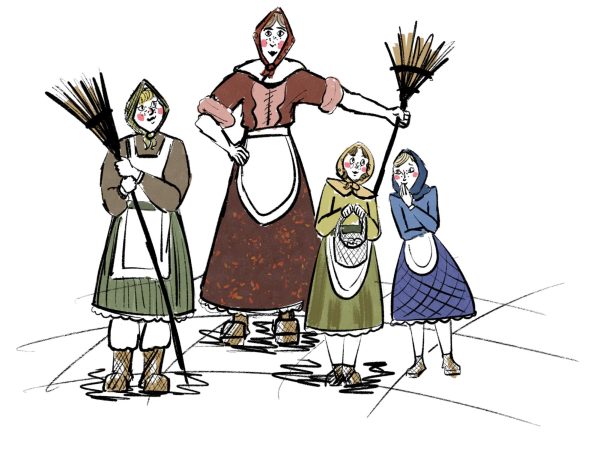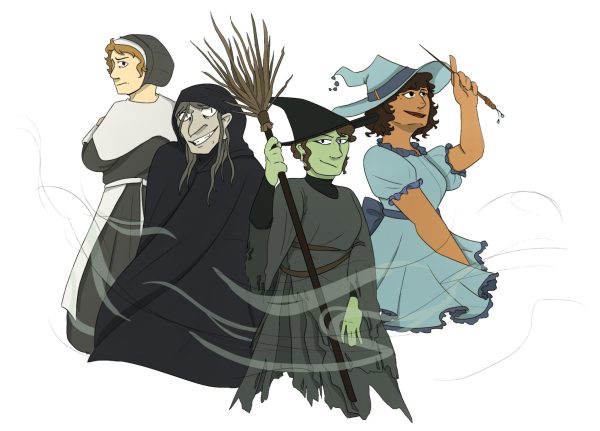Harry Styles and Vogue Magazine: A Powerful Piece That Sparked Conversation Around The Gender Roles
December 22, 2020
Musical artist Harry Styles was recently featured on the cover of Vogue Magazine with a photoshoot and cover that sparked decisive and polarizing opinions. On the cover and in the feature, Styles was shown wearing dresses, skirts and traditionally feminine styling. The majority seemed to support Styles and Vogue for making the bold choice to push against gender roles. However, many right-wing figures criticized him, including author and activist Candace Owens, coining the phrase “bring back manly men.”
Owens began her tirade swiftly after the magazine and photoshoot were released. On Twitter, she said that “manly” men were the foundation of society and that, without them, “no society can survive.”
She also implied that men wearing skirts was a part of Marxist ideology and that it was being forced onto children. While the left has been pushing for loosening the gender binary to allow for more expression, that is not specific to Marxism. Owens using this political ideology to describe what Harry Styles was doing is a way to further her narrative that fluid gender expression is evil in nature.
She also argued that men have always worn things deemed masculine by modern Western society, which is far from the truth. Cultures all around the world have men’s clothing that Western culture might consider to be feminine and, historically, boys have worn dresses and skirts as children and even as adults, depending on the century.
As expected, many of Styles’ fans were quick to defend him, many seriously critiquing Owens’ statements.
Elijah Wood responded to her statement by saying that “masculinity alone does not make a man.”
This is a point that many people have been trying to make: that gender is not defined by what people wear or how they act. Masculinity is not a man only wearing blue, working out, and being stoic; femininity isn’t just a woman wearing pink frilly dresses and being empathetic. Instead, what the radical left believes is that fluid gender expression is something that should be encouraged. If a man wants to be traditionally masculine, that is okay, but being feminine is okay as well.
Others also responded to Owens by pointing out how flamboyant men’s fashion has been historically.
Actress Jameela Jamil responded to Owens’ tweet with a picture depicting historically accurate 18th century menswear.
Jamil’s caption read, “This was at one time considered very manly. Wigs, make up, tights, frills… maybe this is the comeback of the ‘manly man.’”
Styles himself also responded to the situation by posting a picture of him wearing a blue suit and ruffed shirt to his Instagram captioning it “bring back many men,” the phrase Owens infamously used to criticize him.
Not seeing the sarcasm in the post, Candace Owens thought Styles was agreeing with her and took to her Instagram story stating that his outfit reminded her of Henry VIII, unaware that he, too, wore dresses. In fact, Henry VIII almost exclusively wore dresses and skirts, as that was the norm for the era. This further reveals the fallacies in her arguments.
The whole debacle brings up an excellent question surrounding the gender binary.
When asked how she felt about this topic, Claire Labat, ‘22, said, “The Vogue shoot shows growth in our society in the normalization of loosening gender roles.”
This is a commonly held opinion, showing that growth is occurring in our culture. It is also important that Vogue, easily one of the most iconic magazines of all time, showcased a man wearing a dress, as it promotes the normalization of the matter.






























